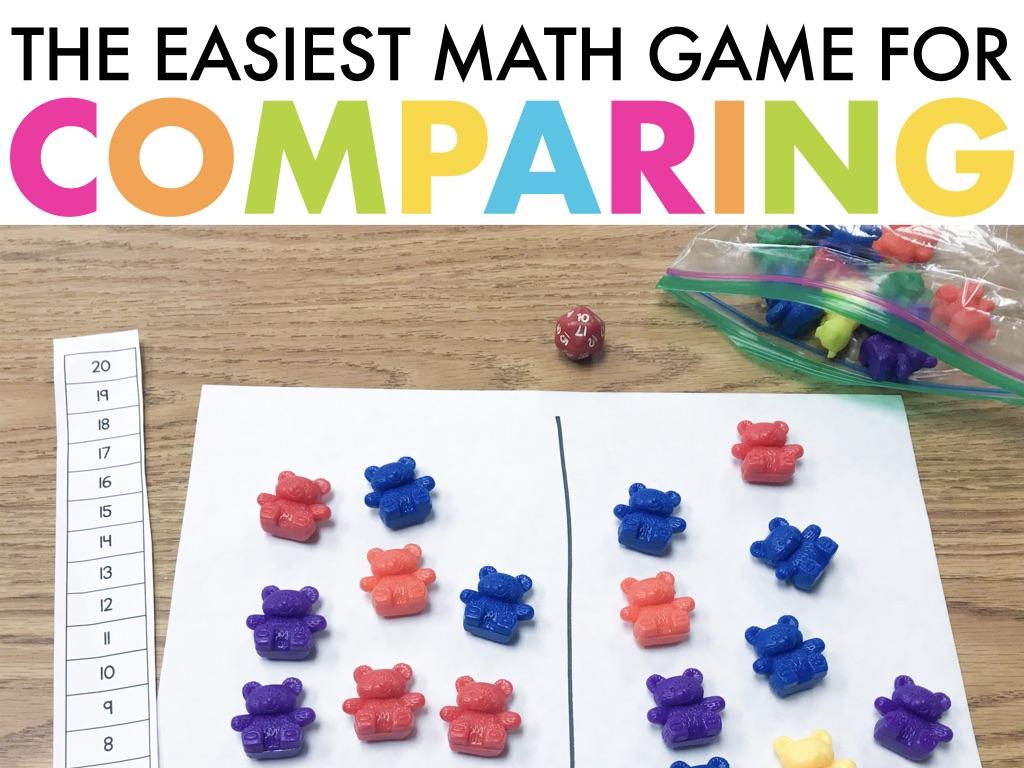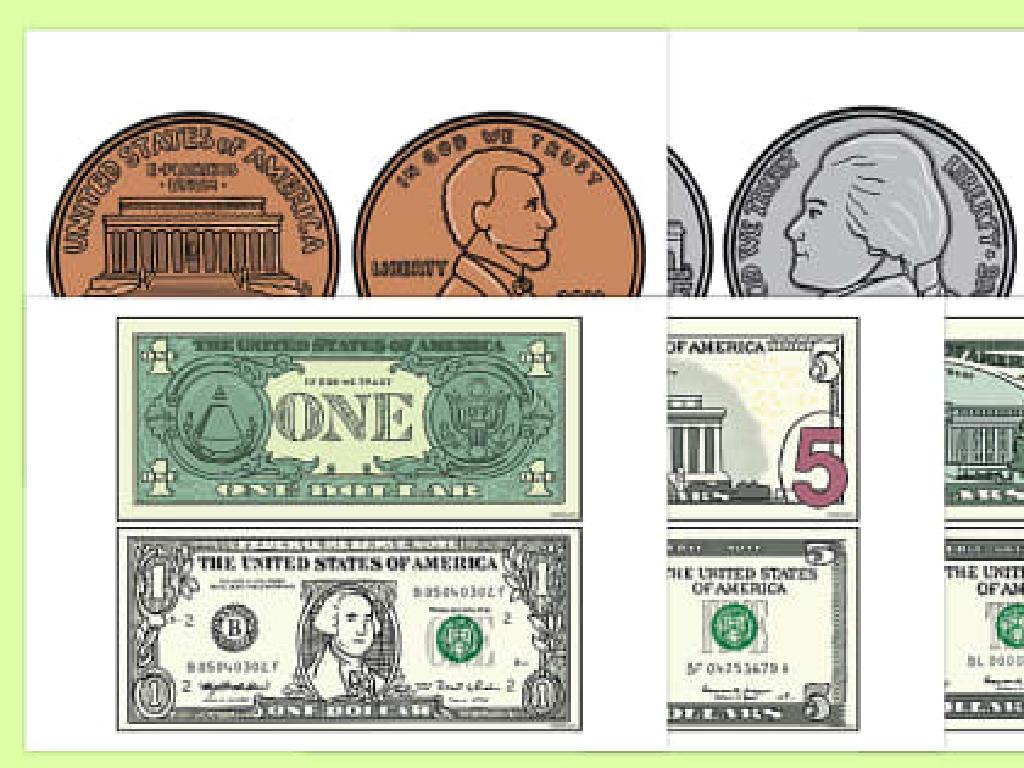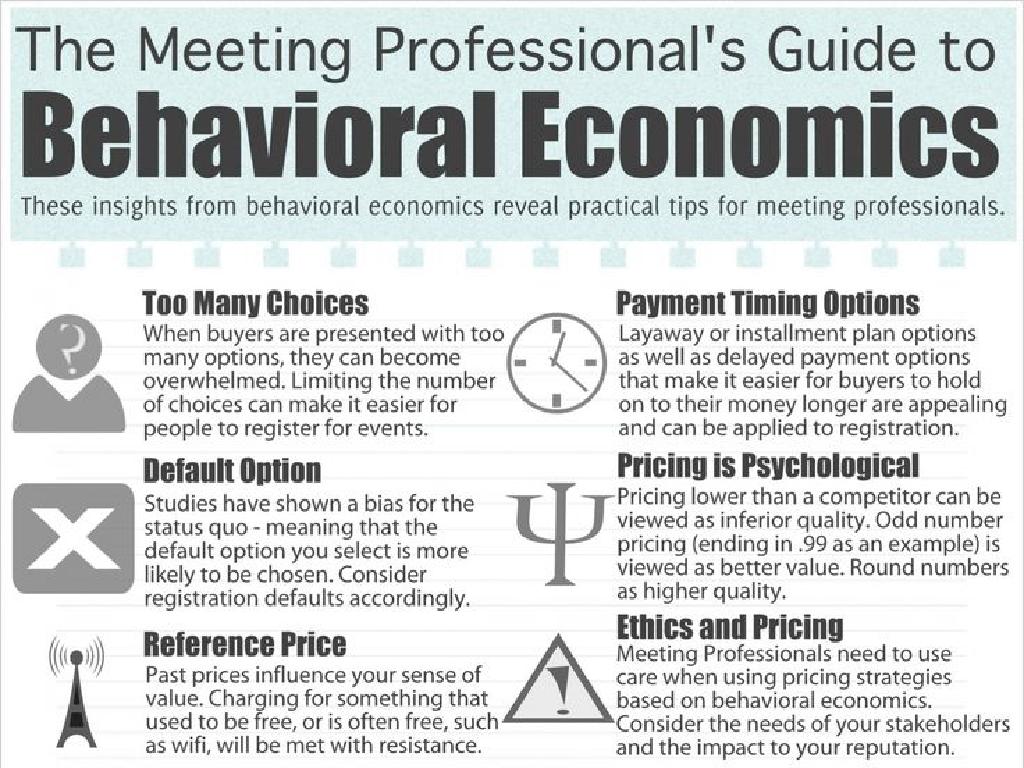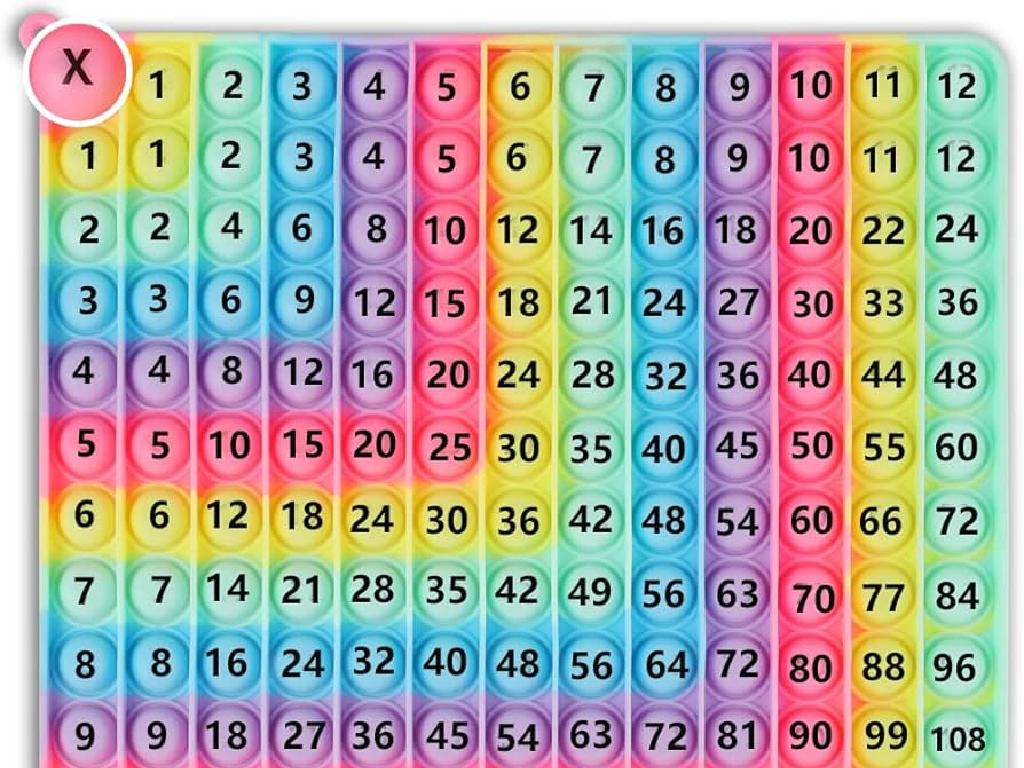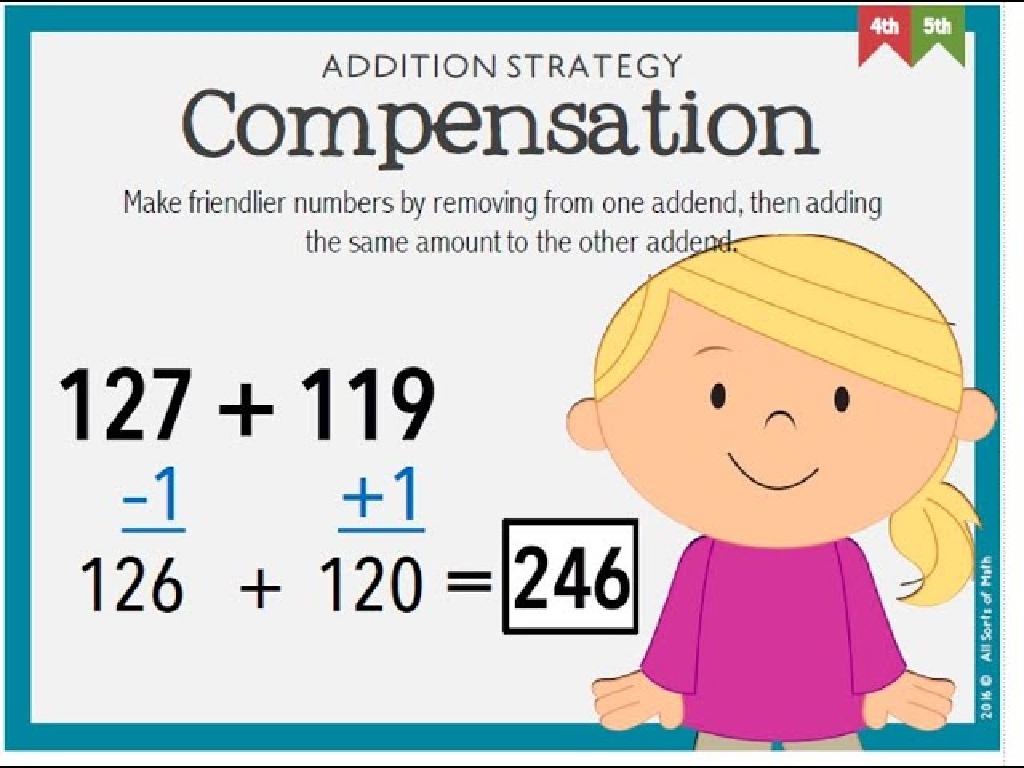Read A Calendar I
Subject: Math
Grade: Second grade
Topic: Calendars
Please LOG IN to download the presentation. Access is available to registered users only.
View More Content
Welcome to Calendars!
– Understanding calendars
– Uses of a calendar
– Keep track of important dates like birthdays
– Identifying today’s date
– Find today s date and talk about special days this month
– Planning with a calendar
– How to mark an event on the calendar
|
Begin the lesson by introducing the concept of calendars to the students. Explain that a calendar is a system for organizing days for social, religious, commercial, or administrative purposes. It’s used to determine the days of the week and months of the year. Engage the class by asking if anyone knows what a calendar is used for, allowing them to share their thoughts. Highlight that calendars help us know the current date, plan for upcoming events like field trips or holidays, and keep track of special days such as birthdays or anniversaries. Show them a calendar and point out today’s date, discussing any significant events that might be occurring this month. Teach them how to mark an event on the calendar, such as a school event or a personal reminder. This will help them understand the practical use of calendars in everyday life.
Days of the Week
– A week has 7 days
– Learn the days in order
– Sunday, Monday, Tuesday, Wednesday, Thursday, Friday, Saturday
– Sing ‘Days of the Week’ song
– Tune of ‘The Addams Family’ to remember days
|
This slide introduces the concept of the days of the week to second-grade students. Start by explaining that a week is made up of seven different days. Engage the class by saying the days of the week in order together. Reinforce this learning with a fun and interactive song to the tune of ‘The Addams Family’, which will help students memorize the sequence of the days. For the activity, you can have the students stand and sing along, perhaps even adding simple clapping or snapping to keep rhythm. This kinesthetic approach aids memory retention. Be prepared with the song lyrics displayed or written out, and practice the tune beforehand to ensure a smooth sing-along experience.
Months of the Year
– 12 months in one year
– Learn names and order of months
– January to December, what comes next?
– Matching game activity
– Match each month to its number in the year
– Understand sequence of months
– Why does February have fewer days?
|
This slide introduces the concept of the 12 months of the year to second-grade students. Start by reciting the months in order and then engage the students with a matching game where they match the name of the month to its correct position in the year. This activity will help reinforce their understanding of the sequence of months. Discuss interesting facts, such as why February has fewer days, to spark curiosity. For the activity, prepare cards with the months and numbers for students to match. Alternative activities could include a song to remember the months, drawing a calendar, or creating a timeline of the year with important events.
Reading a Calendar
– A calendar’s layout
– Shows days, weeks, and months of the year.
– How to read a calendar
– We’ll explore together how to find and read dates.
– Finding special dates
– Locate today’s date, birthdays, and holidays.
– Uses of a calendar
– Calendars help us plan and remember important days.
|
This slide introduces second graders to the concept of a calendar. Begin by explaining the layout of a calendar, pointing out the sequence of days, weeks, and months. Demonstrate how to read a calendar by finding the current day’s date. Emphasize the usefulness of calendars in identifying special dates such as birthdays, holidays, and other significant events. Engage the students by asking them to find their own birthdays or upcoming holidays. Explain that calendars are important tools for planning ahead and keeping track of important days. Encourage students to share what special days they look forward to and why those days are important to them.
Special Days and Holidays on Calendars
– Calendars track special days
– Find a holiday on the calendar
– Look at our classroom calendar for any upcoming holidays
– Mark our birthdays
– Use stickers or markers to mark each student’s birthday
– Recognize patterns in holidays
– Discuss how some holidays happen every year on the same date, like Christmas on December 25th
|
This slide aims to teach students how calendars are useful tools for remembering and celebrating special days such as birthdays and holidays. Start by explaining the purpose of a calendar. Then, engage the students by asking them to find a holiday on the classroom calendar, which will help them become familiar with navigating calendars. Next, have a fun activity where each student marks their birthday on the calendar, reinforcing the concept of dates and months. Lastly, discuss the pattern of annual holidays and how they are fixed on the same date each year, which can help students understand the cyclical nature of calendars. Make sure to have a calendar visible for students to interact with and provide stickers or markers for the birthday activity.
Using a Calendar: Planning Our Class Party
– Calendars help us plan events
– Let’s plan a pretend class party
– Choose a date for our pretend party and circle it
– Mark the party on the calendar
– Use stickers or drawings to mark it
– Count the days until the party
– How many sleeps until the party? Let’s count together!
|
This slide is designed to teach second-grade students the practical use of a calendar by planning a pretend class party. Start by explaining how calendars are tools for organizing future events. Engage the students by selecting a date for the pretend party and visually marking it on a calendar in the classroom. Encourage the students to think about what we do before a party and how a calendar helps us prepare. Then, guide them to count the days from today until the party date to understand the concept of days and weeks. This activity will help them grasp the passage of time and the anticipation of future events. For the teacher: Prepare a large, visible calendar and stickers or markers for the activity. Consider discussing with the students what they would need to do to prepare for the party on each day leading up to the event.
Class Activity: Create Your Calendar
– Make a calendar for this month
– Include all days and weeks
– Mark today’s date
– Use a sticker or a special mark
– Add special days you know
– Birthdays, holidays, or events
|
This activity is designed to help students understand the concept of calendars by creating their own. Provide each student with a blank calendar template for the current month. Guide them to fill in the dates and label the days of the week. Encourage them to mark today’s date with a sticker or a special symbol. Ask them to personalize their calendars by adding any special days they are aware of, such as birthdays, holidays, or school events. This hands-on activity will reinforce their understanding of how calendars are organized and the significance of marking important dates. Possible variations of the activity could include creating a calendar for a fictional month, marking phases of the moon, or planning out a week with hypothetical activities.

